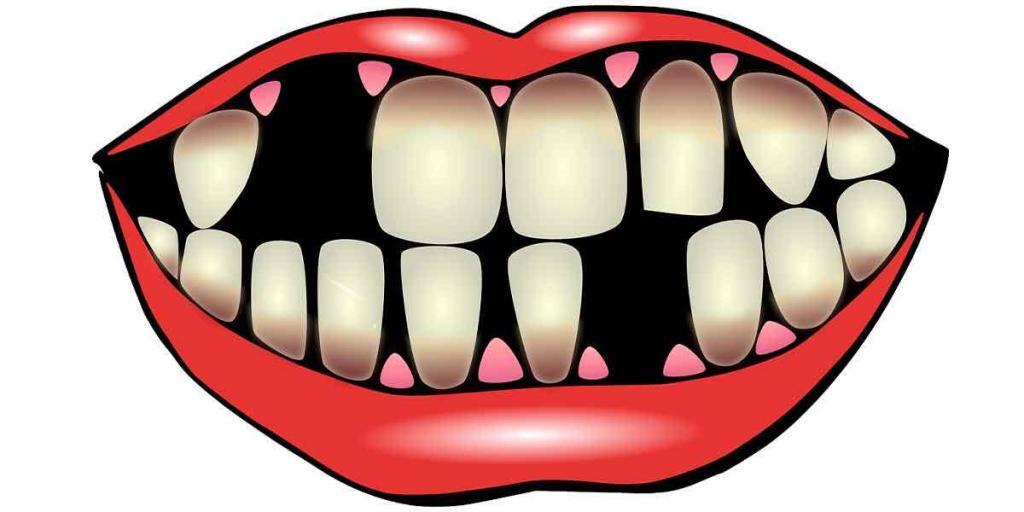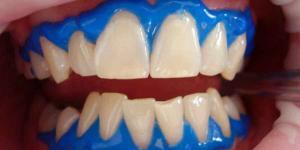Several dental procedures may be carried out to either prevent dental problems or treat issues that are already in existence. Unlike preventative dentistry, which aims to preserve the gums and teeth of a patient, restorative dentistry repairs dental problems that arise due to unhealthy gums and teeth.
Traditionally, once a person’s teeth get damaged, they would remain that way for the rest of their lives. However, several restorative methods can be used to repair most dental problems due to advancements in dental treatment options.
One advantage of restorative dental procedures is that they save you from making routine visits to the clinic either for dental cleaning or checkup. It is also one of the services covered partially by dental insurance.
Let us look at some of the common restorative procedures available in our dental offices in Brooklyn today:
Fillings
This is the most common restorative procedure where a cavity on the tooth’s outer surface is filled either with resin, amalgam or gold.
Amalgam is the most common filling because it is cheaper than gold and resin. It is also more likely to be covered by insurance but contains mercury, which may be harmful to the body. Composite resin is the most expensive, yet does not contain mercury and also yields the best appearance.
Crowns
Crowns are used to cover teeth as a way of protecting them from further decay. They assume the size, color, and shape of normal teeth and are custom-made for each patient. The material used in making crowns includes porcelain and resin. Porcelain crowns are more popular.
Crowns are often used on teeth that cannot be repaired through the filling. They restore the tooth to its original color, size, and shape and last for several years. Patients need to make at least two visits to the dental offices in Brooklyn for the procedure to be done. During the first visit, the dentist creates molds for the crown to determine its ideal size.
During the second visit, the dentist installs the custom-made crown on the decayed tooth and cements it in place. A few dental clinics use advanced equipment, which enables them to create and install the crowns in one visit.
Implants
These are used to replace missing teeth and increase the stability of the patient’s other healthy teeth. Implants comprise three parts – the crown, abutment, and the rod. The rod is surgically placed in the patient’s jaw followed by the abutment, then the crown.
Dental implants also strengthen the jaw and facilitate tooth alignment.
Dentures
These are for people who have lost several teeth due to injury or continuous wear and tear. A toothless mouth can greatly impact an individual’s self-confidence. It may also hinder proper speech and feeding.
Dentures help restore a patient’s smile, although installing them can be long and complicated. When successfully placed, they also help to keep the remaining teeth in place.
Onlays and Inlays
Inlays and onlays are used to restore chipped teeth which are more damaged for filling, but do not qualify for crowning. These procedures can be used either for restorative or for cosmetic purposes.
Inlays are often located on the surface of the tooth. They are made from resin. Onlays cover a larger part of the tooth and are sometimes referred to as a partial crown. Both procedures strengthen the patient’s teeth and also enhance their appearance.
Dental Bridges
These are similar to implants but are only installed where several teeth are missing. The dentist uses a single bridge instead of inserting several implants close to each other. Bridges are created from porcelain, which is attached to a metal bar that serves as an anchor.
Some bridges can be removed after several years, while others may be non-removable. It is important to consult your dentist before choosing which one to use.
Root Planing and Scaling
Root scaling is a procedure used to restore the strength of a patient’s gums. As people age, their gums may keep receding from the bottom of the teeth. When the gums are affected with disease, they will keep pulling away, thus making the teeth appear elongated.
Scaling and planing can be used to clean the pockets formed by receding gums.
Root Canal Treatment
Root canal procedures are carried out to save the nerve of a compromised tooth as a way of saving it from more decay or infection. During the process, the nerve, as well as any decay, is removed, and the dentist fills the place with medicated dental substances which keep the tooth from falling off.
In Closing
When preventative dentistry measures fail to work, restorative dentistry is the best alternative. The dentist will recommend any of the above procedures based on your preferences and extent of the damage.



